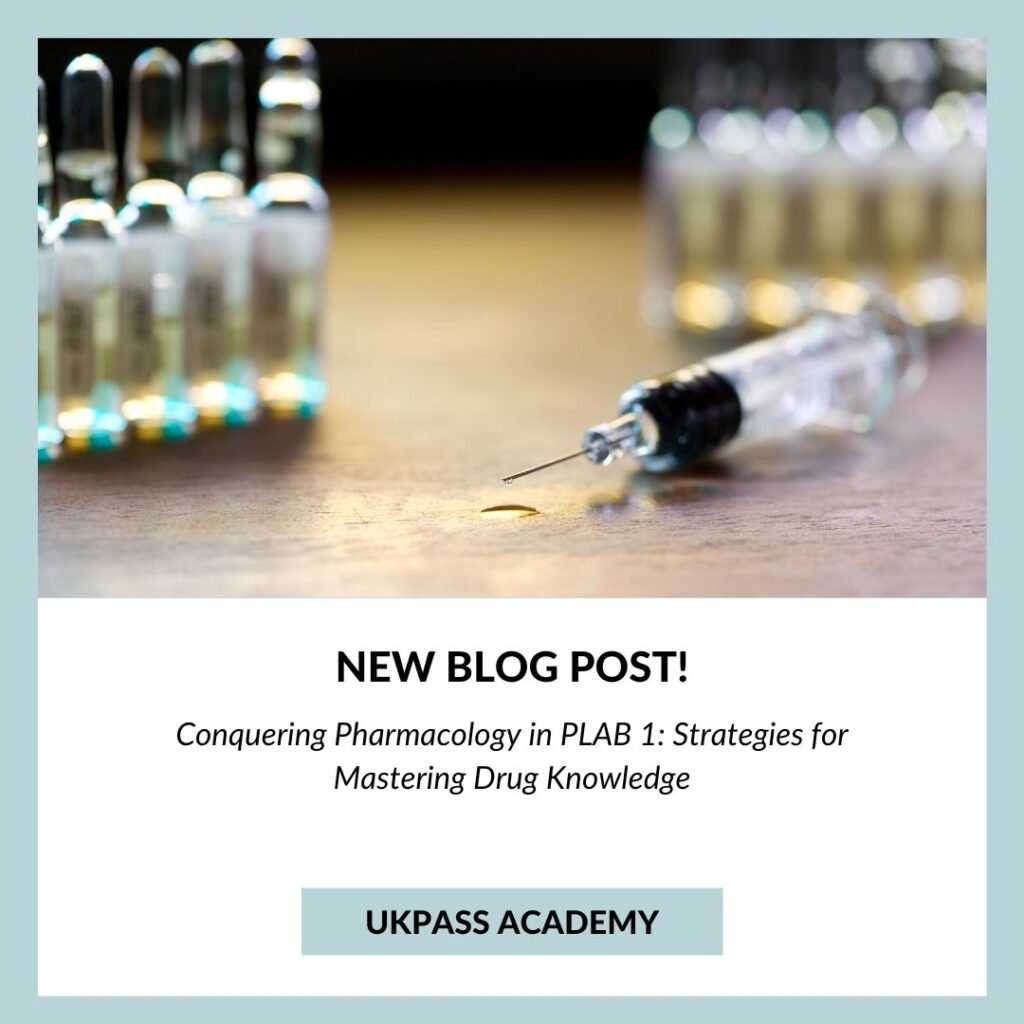Pharmacology is a crucial component of the PLAB 1 course. It tests your understanding of drug mechanisms, interactions, and adverse effects. Mastering this subject is essential for safe and effective medical practice.
Understanding Drug Mechanisms, Interactions, and Adverse Effects
Pharmacology involves comprehending how drugs interact with the human body. You must understand the mechanism of action, pharmacokinetics, and pharmacodynamics of various drugs.
Mechanism of Action
Mechanism of action refers to how a drug produces its therapeutic effects. It involves the specific biochemical or physiological processes that a drug targets to achieve its desired effects. Understanding a drug’s mechanism of action is crucial for predicting its potential therapeutic uses and adverse effects.
Pharmacokinetics
Pharmacokinetics deals with drug absorption, distribution, metabolism, and excretion. It explores how the body handles a drug over time, including its absorption from the site of administration, distribution to various tissues and organs, metabolic breakdown, and eventual elimination from the body.
Pharmacodynamics
Pharmacodynamics focuses on the relationship between drug concentration and its effects. It examines the interaction between a drug and its target receptors or enzymes, as well as the subsequent biochemical and physiological responses.
Identifying potential drug interactions and adverse effects is also critical. Drug interactions can alter a medication’s efficacy or increase the risk of side effects. Adverse effects can range from mild to life-threatening and can impact patient compliance and outcomes.
Tackling Calculation-Based Questions with Confidence
The PLAB 1 course often includes calculation-based questions related to drug dosages, concentrations, and infusion rates. Approaching these questions with confidence is crucial for success.
Start by mastering basic mathematical concepts like unit conversions, ratios, and proportions. Practice calculating dosages based on patient weight, body surface area, or other factors.
Develop a systematic approach to solve complex calculation problems. Break them down into smaller steps, and double-check your work to minimize errors.
Utilizing Diagrams and Flowcharts for Visual Learning
Visual aids like diagrams and flowcharts can significantly enhance your understanding and retention of pharmacological concepts. These tools can help you organize and simplify complex information.
Diagrams for Pharmacology
Utilize diagrams to illustrate drug mechanisms, receptor interactions, and metabolic pathways. Diagrams can provide a clear and concise representation of complex processes, making it easier to visualize and comprehend the information.
Flowcharts for Decision-Making
Flowcharts can effectively represent drug administration protocols, decision-making processes, or the management of adverse effects. They can guide you through a logical sequence of steps, helping you understand the appropriate course of action in different clinical scenarios.
Creating your own visual aids can be a powerful learning technique. Engage with the material actively and develop a personalized approach that resonates with your learning style.
Tips for Conquering Pharmacology in PLAB 1 Course
Master the Basics: Develop a strong foundation in pharmacological principles, drug classifications, and therapeutic uses before diving into more complex topics.
- Use Reputable Resources: Refer to trusted textbooks, online resources, and practice question banks specifically designed for the PLAB 1 course.
- Practice Calculations Regularly: Incorporate calculation-based questions into your study routine to build confidence and speed.
- Learn from Clinical Cases: Analyze clinical scenarios and consider the pharmacological implications, drug choices, and potential adverse effects.
- Create Mnemonics and Memory Aids: Develop memorable acronyms, rhymes, or visual associations to recall important drug names, classifications, or mechanisms.
- Stay Up-to-Date: Pharmacology is a constantly evolving field. Stay informed about new drugs, updated guidelines, and emerging research.
- Seek Guidance: Don’t hesitate to reach out to experienced instructors, mentors, or study groups for guidance and clarification on challenging pharmacology concepts.
- Take Practice Tests: Regularly take practice tests or mock exams to assess your understanding and identify areas that need further attention.
- Manage Your Time Effectively: Pharmacology can be a dense subject. Plan your study schedule carefully and allocate sufficient time to cover all the essential topics.
- Integrate Pharmacology with Other Subjects: Pharmacology is closely tied to other medical sciences like physiology and pathology. Integrate your knowledge across subjects for a more comprehensive understanding.
Conquering pharmacology in the PLAB 1 course requires dedication, strategic planning, and effective learning techniques. By understanding drug mechanisms, mastering calculations, and utilizing visual aids, you can build a solid foundation in this crucial subject area. Consistent practice, guidance from experts, and a well-rounded approach will help you achieve success in the pharmacology section of the PLAB 1 exam.

